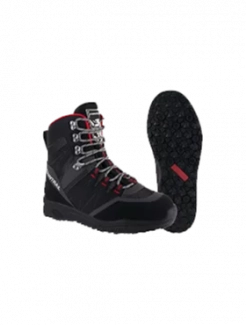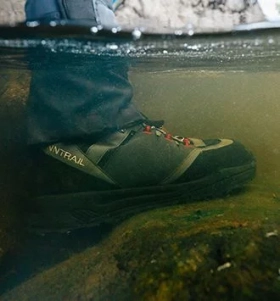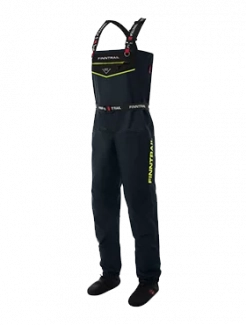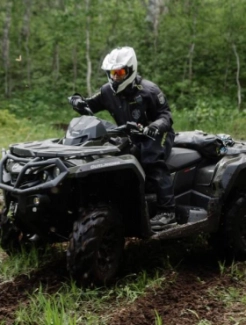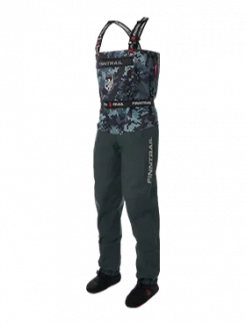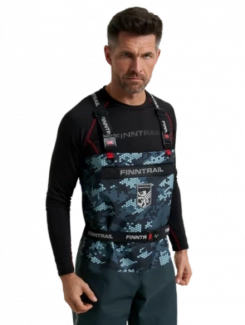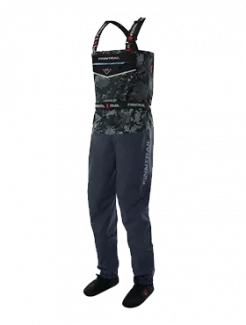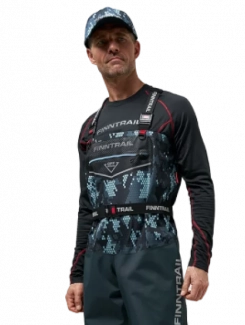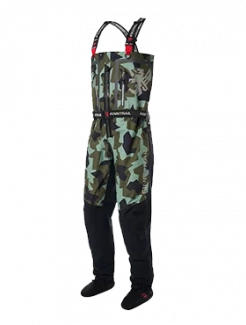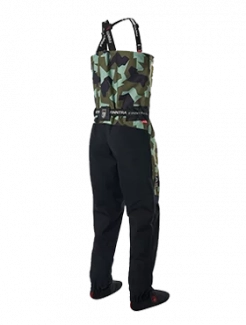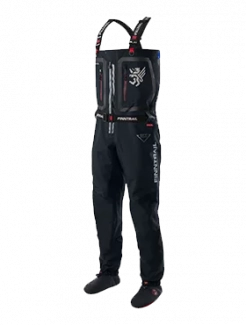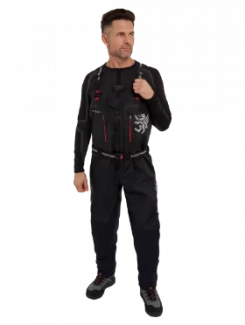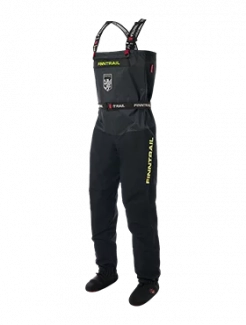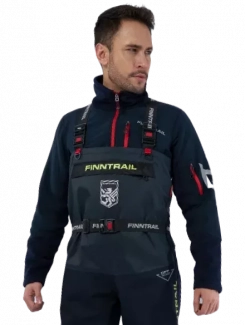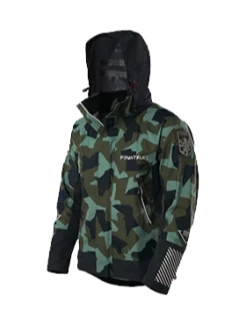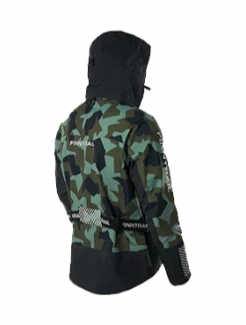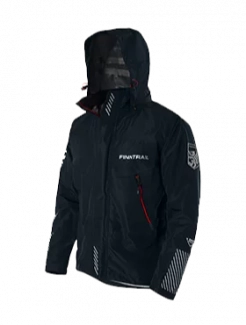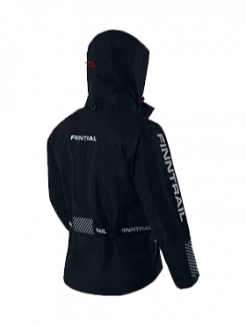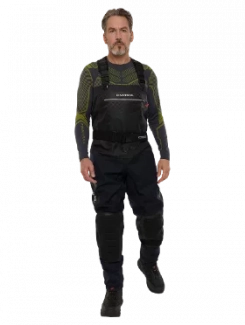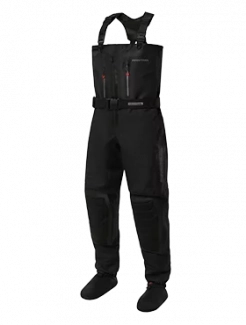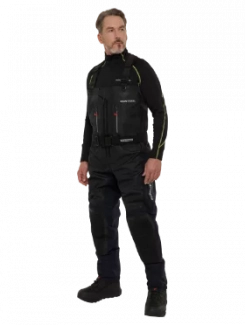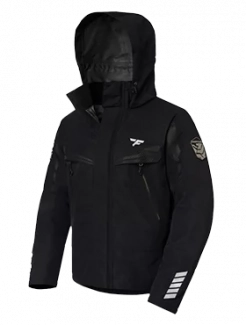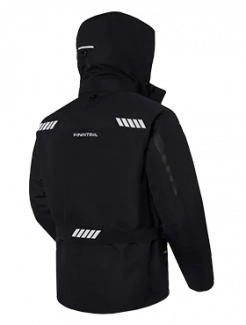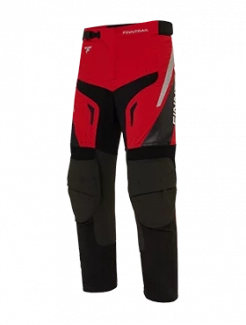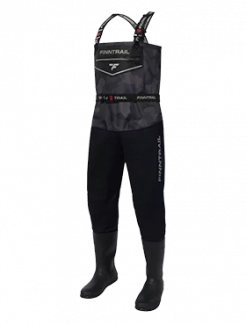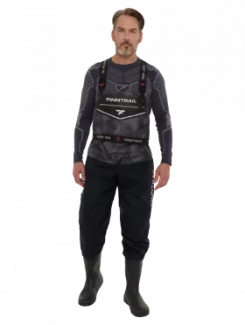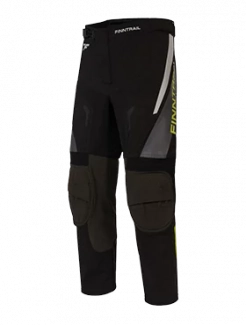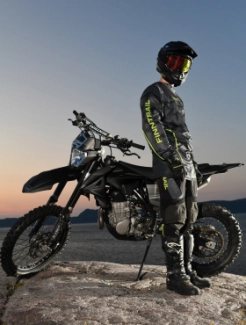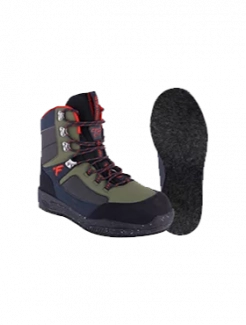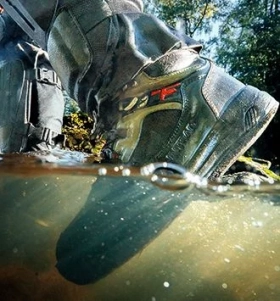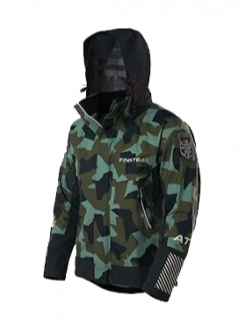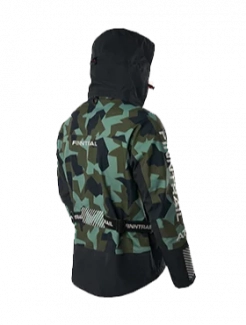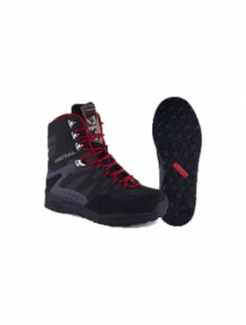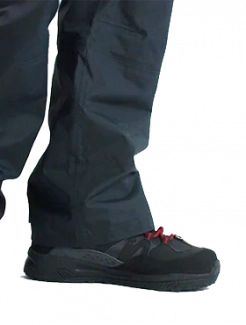UTV Overlanding 101: Gear Up for the Ride of a Lifetime
Whether you're an off-road veteran or a weekend warrior looking to break away from the campsite crowd, UTV overlanding opens the door to a whole new level of adventure. Blending the freedom of backcountry travel with the rugged capability of side-by-sides, overland trips are all about self-reliance, exploration, and unforgettable views.
In this comprehensive guide, we’ll walk you through what UTV overlanding is, why it's exploding in popularity, and how to equip your machine for multi-day, off-grid journeys. Let’s hit the trail.
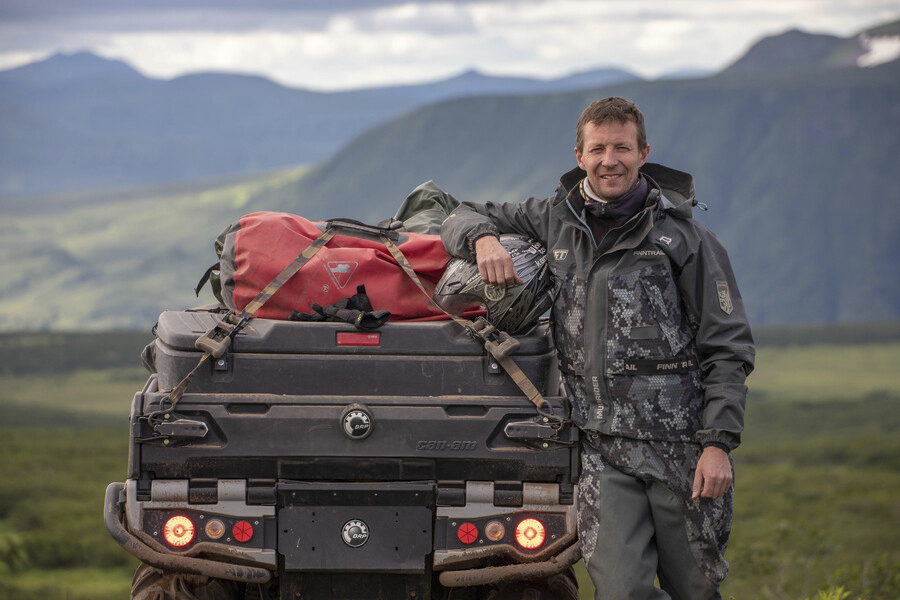
What Is UTV Overlanding?
Overlanding—at its core—is vehicle-based travel where the journey itself is the goal. It’s about more than off-roading; it’s about living from your vehicle as you explore wild places.
Unlike traditional off-roading which may focus on technical trails or mudding, overland adventures involve longer routes, remote locations, and full gear setups. You’ll pack camping equipment, food, water, tools, and personal essentials—everything needed for survival and comfort far from the grid.
Why Choose a UTV for Overlanding?
UTVs offer unique advantages that make them ideal for certain types of overland travel.
Benefits of UTV Overlanding:
-
Compact and Agile: UTVs can reach tight trails and technical paths that full-size vehicles simply can’t access.
-
Lightweight Footprint: Less environmental impact and easier recovery if you get stuck.
-
Modular Build: With add-ons like cargo racks, roll cages, and roof tents, you can fully customize your rig for extended travel.
-
Lower Cost: Compared to overland trucks or campers, a UTV buildout can be much more affordable.
UTVs are essentially built for adventure. Many models already come equipped with long-travel suspension, large tires, and high clearance—perfect for rugged terrain. Add some overland gear and you've got a capable rig ready for multi-day trails.
Choosing the Right Overland UTV
Before diving into accessories and gear, you need the right base vehicle. Some of the best UTVs for overlanding include models from Polaris (RZR and General), Can-Am (Maverick and Defender), Honda (Pioneer), and Yamaha (Wolverine and Viking).
Considerations When Choosing:
-
Cargo Capacity: Overlanding requires space for gear. Check the payload and cargo bed size.
-
Fuel Range: How far can it go on one tank? Consider adding auxiliary fuel tanks.
-
Suspension & Tires: Look for models with adjustable suspension and off-road tires.
-
Comfort Features: If you’ll be riding for hours or days, cab space, seat comfort, and ride quality matter.
Must-Have Gear for UTV Overlanding
The right gear can make or break your overland trip. Here’s a detailed look at the essential categories you should cover:
1. Navigation & Communication
Never rely on just your phone signal. Remote areas often have zero reception.
-
Rugged GPS units or tablets with offline mapping
-
Satellite messenger (e.g., Garmin inReach)
-
Two-way radios or intercom headsets
-
Topographic maps and compass as backup
2. Shelter & Sleep Setup
Your UTV overland rig should include everything for a solid night’s rest.
-
Roof-top tent or compact ground tent
-
High-R-value sleeping pads and weather-rated sleeping bags
-
Portable awning or canopy for shade and rain protection
-
Folding table, chairs, and camp lighting
3. Food & Water Storage
Fuel your body as well as your UTV.
-
Camp stove or dual-fuel burners
-
Lightweight cookware, utensils, and cleanup supplies
-
Cooler with ice packs or 12V fridge
-
Minimum 1 gallon of water per person, per day (plus purification tablets)
4. Tools & Recovery
Breakdowns happen—even to the best-prepped UTVs. Be ready.
-
Full toolkit including UTV-specific wrenches and sockets
-
Tire repair kit and portable air compressor
-
Winch, recovery strap, soft shackles, and snatch block
-
Shovel, traction boards, jack, and spare belts
5. Clothing & Personal Protection
Pack layers for changing conditions.
-
Waterproof shell, insulating layers, and UV-protective base wear
-
Durable riding gloves, boots, goggles, and helmet
-
Sunscreen, bug spray, and first aid kit
-
Extra fuel, fire extinguisher, and dry bags
How to Pack and Load Your UTV for Overlanding
Space is limited, so packing smart is crucial. Use stackable bins, saddle bags, and MOLLE panels to organize gear. Keep heavy items low and centered for balance. Secure everything tightly—off-road vibrations can shake gear loose fast.
Pro Tip: Use a pre-trip checklist and weigh your full setup to avoid overloading. Most UTVs have a payload limit of 600–1,200 lbs depending on the model.
Canada offers some of the most rugged and scenic terrain in the world for UTV overlanding — from alpine passes to boreal forests.
Where to Go UTV Overlanding in Canada
Top Canadian Destinations
Alberta – Rocky Mountains & Ghost Public Land Use Zone: Explore dramatic mountain backdrops, river valleys, and gravel forestry roads just outside of Calgary. Ideal for multi-day rides and dispersed camping.
British Columbia – Kootenays & Vancouver Island: Remote logging roads, alpine meadows, and glacial lakes make BC a UTV paradise. Don’t miss the rugged backroads around Revelstoke or the island trails near Port Alberni.
Quebec – Laurentians & ZEC Areas: Thousands of kilometers of trails through dense forest, with access to wilderness lakes and rustic shelters. Many trails are maintained for quad/UTV use.
Ontario – Haliburton Highlands & Crown Land: A mix of rocky terrain, water crossings, and scenic forest routes. Crown land camping gives you flexibility for longer trips.
Newfoundland – T’Railway Provincial Park: This former railway line stretches across the island with over 800 km of multi-use trail — ideal for an unforgettable east coast overland adventure.
Before You Go
Make sure to check local trail regulations and whether your UTV requires a trail permit, license plate, or seasonal access pass. Some areas restrict OHV access to protect wildlife or during wet conditions.
UTV Overlanding Safety Tips
Overlanding isn't without risk. Here are a few smart precautions:
-
Pre-Trip Inspection: Check fluids, tire pressure, and drive components.
-
Emergency Contacts: Share your route and ETA with someone at home.
-
Weather Watch: Be prepared for rapid shifts in temperature, wind, or storms.
-
Ride Sober & Smart: Always wear a helmet and buckle in—this isn’t your average trail ride.
Advanced Add-Ons for Serious Overlanders
Once you’ve got the basics down, consider upgrading your rig with:
-
Solar panels or dual battery systems
-
UTV dust screens or rear dust spoilers for cleaner air in dry environments
-
Hard-shell rooftop cargo cases
-
UTV rear dust deflectors to keep your gear cleaner
-
Communication intercoms for talking to your passenger hands-free
Final Thoughts
UTV overlanding is about freedom, challenge, and connection—to the land and to the ride. It’s a lifestyle that values preparation, curiosity, and rugged independence. With the right setup, your overland UTV becomes more than a ride—it becomes your home on wheels.
Whether you're heading out for a weekend or two weeks, a well-planned UTV overlanding adventure delivers scenery, solitude, and adrenaline in one unforgettable package.

